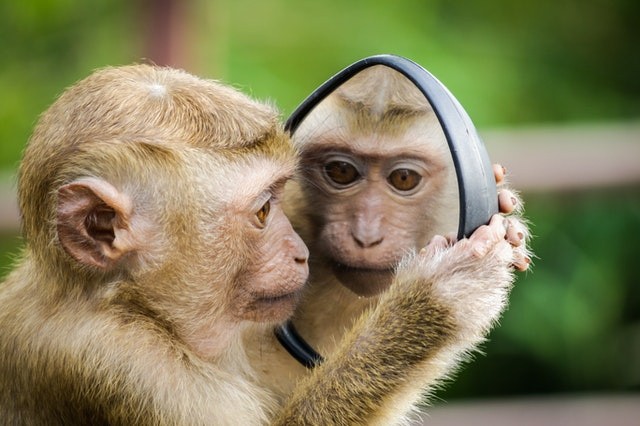A team of researchers has cued the Genome of a capuchin monkey for the very first time to unveil new genetic clues about the emergence of their large brains and long life. A genome, which is a complete set of genetic information available in an organism provides all the information needed for an organism to function.
Professor Joao Pedro De Magalhães, who researches aging at the University of Liverpool explains that "Capuchins have the largest relative brain size than other monkeys and despite their small size, can live past the age of 50, but their genetic underpinnings had stayed unexplored until now."
The researchers developed and affirmed a reference assembly Cebus imitator (white-faced capuchin monkey) to scout these traits' evolution via comparative genomics approach ranging across a wide diversity of mammals, they found genes under evolutionary selection combined with brain development and longevity.

Evidence Of Genetic Adaptation Found
The senior author and Canada Research Chair Amanda Melin, who has studied the behavior of capuchin monkeys and their genetics for almost 20years said "We discovered signatures of positive selection on genes underlying both traits, which helps us to have a better understanding of how such traits evolve. We also found evidence of genetic adaptation to seasonal and drought environments by looking at populations of capuchins from a rainforest and a seasonal dry forest"
Previous studies by Professor De Magalhaes and others have revealed that genes involved in DNA damage responses exhibit longevity-specific patterns of selection in mammals. The researchers revealed that genes associated with DNA damage are thought to be a major contributor to aging.
Professor De Magalhães said it is impossible to be sure whether selection in these genes is related to aging or to other traits that correlate with longevity. Adding that, researchers should be cautious about the significance of biological findings as it is tempting to speculate changes to specific aging-related pathways or genes which could have an effect on the longevity of the capuchin monkeys.

New Method Of Getting DNA: A Major Breakthrough
Thanks to the development of a new technique which made possible the researcher's insight to isolate DNA more effectively and efficiently from primate feces.
FecalFACS uses an existing technique that has been made to separate cell types in body fluids. For instance: to depart different cell types from blood in research for cancer and apply it to fecal samples of primate.
Dr. Joseph Orkin, who finished work on this project as a post doctoral scholar at the University of Calgary, and in his current location at Universitat Pompeu Fabra in Barcelona. This is a major upgrade because the typical way to get DNA from feces results in 95-99% of the DNA coming from food items and gut microbes.
He added that a lot of money has been spent in determining genomes from different organisms than the mammals they are really trying to study. And as a result of this, wildlife biologists have had to rely on more pure sources of DNA like tissue, blood, or saliva but they are hard to come by when studying endangered animals.
RELATED ARTICLES: Smart Primate! Capuchin Monkeys in Brazil Have Used Stone Tools for 700 Years, Scientists Discover
For more news, update about monkeys and similar topics, don't foget to follow Nature World News!
© 2025 NatureWorldNews.com All rights reserved. Do not reproduce without permission.





